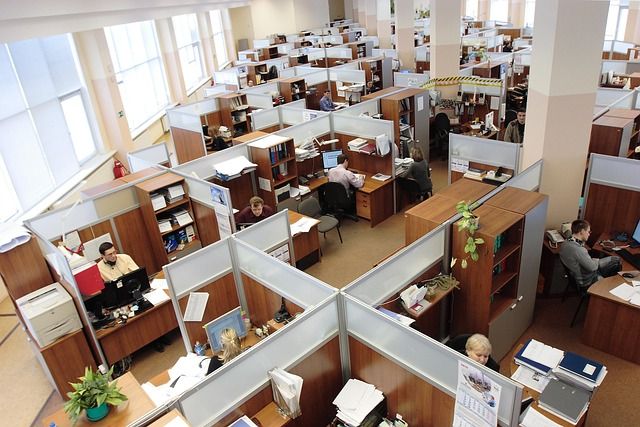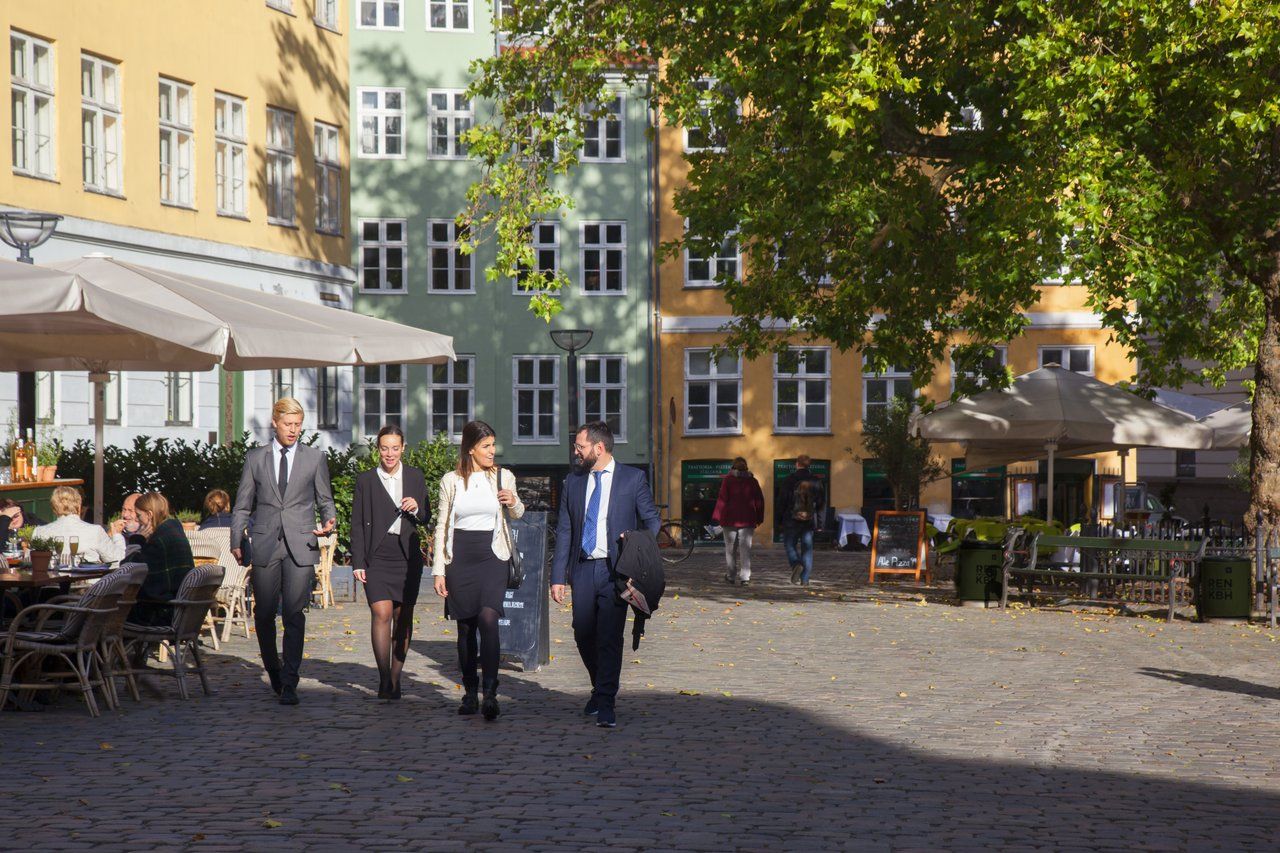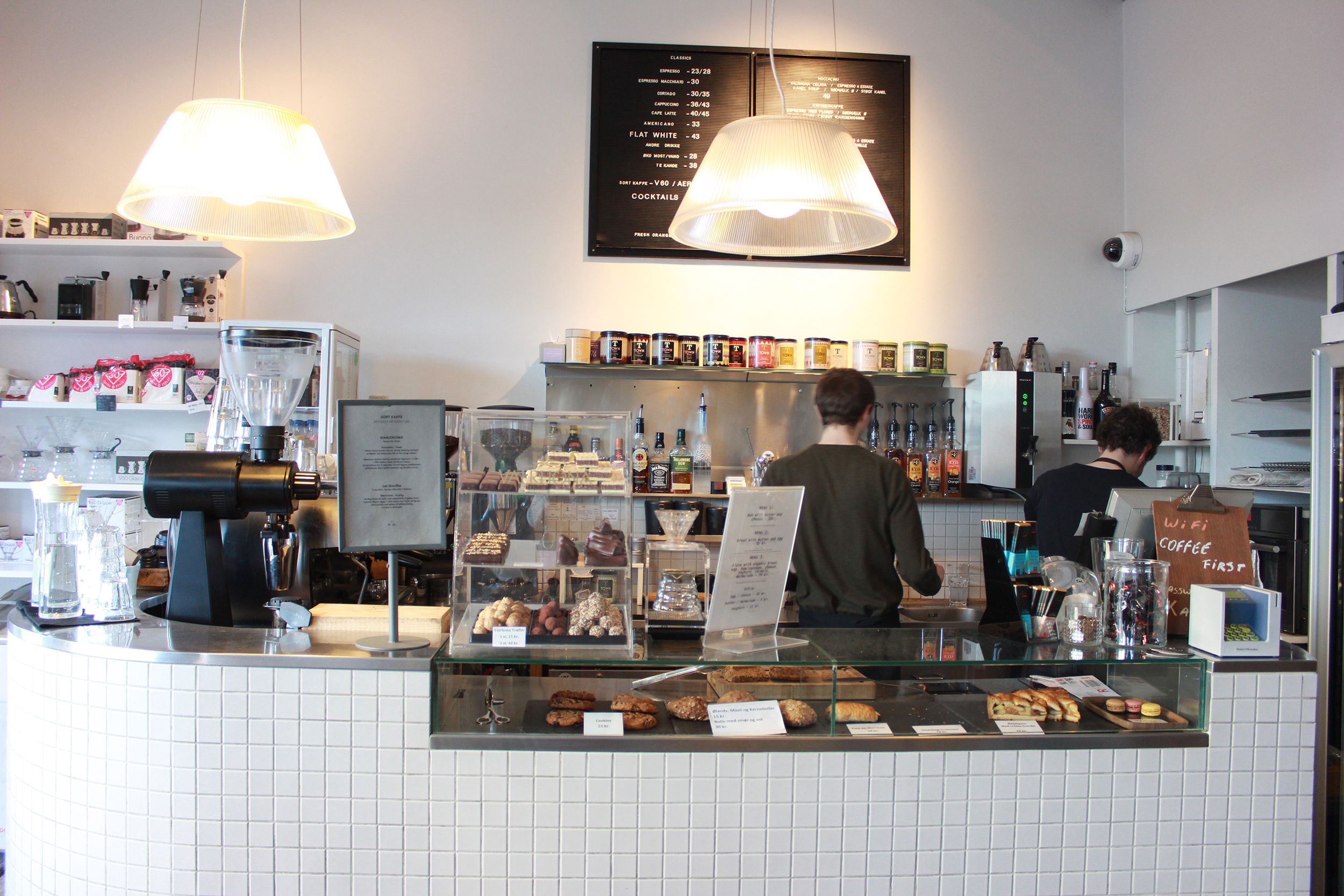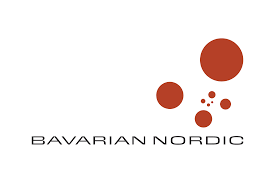Copenhagen’s public transport network would benefit from the addition of a network of light rail lines, a report from the Technical University of Denmark (DTU) concludes.
The report identifies several transport corridors that have the potential to draw significant passenger numbers at a reasonable cost, though not all would be expected to turn a profit.
Electrically driven light rail would fill in gaps in Copenhagen’s public transport network, particularly in suburban areas not served by the Metro or above-ground S-trains.
Copenhageners living in these areas typically use public transport for only five percent of their travel, compared with 25 percent for those living in close proximity to a station.
With the city facing increasing problems with congestion, the best strategy to attract more of its residents onto public transport and ease the pressure on roads is to offer better public transport in closer proximity to their homes and destination.
The potential of light rail was identified in preliminary findings by the government-seated Congestion Commission, a position that has now been confirmed by DTU’s report.
The report, commissioned by the Greater Copenhagen regional authority, recommended the introduction of a network of light rail corridors, both between the S-train lines that radiate from the city centre, and orbitally across them.
It argued that introducing a whole network was preferable to simply constructing one or two individual projects, given that more lines would attract a disproportionally larger number of potential passengers.
The network would ensure a high density of rail stations in the region, as the closer the proximity of both a person’s home and their destination to a station the greater the likelihood of using public transport.
The report acknowledged, however, that the network would have to be gradually built up and so identified several of the best value corridors that the city ought to prioritise.
 The first recommended line, dubbed 'Ring 2½', would run orbitally from Friheden Station in the south-west to Gladsaxe in the north where it would meet the 27-kilometre Ring 3 orbital line – a major light rail project that would follow the a motorway on the outskirts of the city from Lundtofte to Ishøj.
The first recommended line, dubbed 'Ring 2½', would run orbitally from Friheden Station in the south-west to Gladsaxe in the north where it would meet the 27-kilometre Ring 3 orbital line – a major light rail project that would follow the a motorway on the outskirts of the city from Lundtofte to Ishøj.
While Ring 2½ could expect around 12,000 daily passengers, the second recommendation for a light rail line running radially out of the city, following Nørrebrogade and Frederikssundvej until it reaches Ring 3, could expect at least 40,000 daily passengers.
There are problems associated with this route, however, such as narrow streets and high population density that would make constructing a line all the way to Nørreport Station, a final destination for many of the passengers, difficult.
Even with their potential benefits, the report recognised that infrastructure problems, political opposition and questionable profitability could derail these and other proposed light rail lines (see illustration above and Factfile below).
In such a case, it recommended introducing high-speed bus networks along the routes, though they identify several benefits of light rail over busses.
Electrically driven light rail along fixed routes is both cleaner, more efficient and a long-term infrastructure investment, allowing developers along the routes greater security.
But while the cost of building light rail lines varies widely – between 23,000 kroner and 247,000 kroner per kilometre – it would only cost about half the price to introduce high speed busses instead.
FACTFILE | Proposed light rail lines
Green line: Ring 3, in the planning stages
Black lines: S-Train and Regional train network
Grey lines: Metro network including the City Ring line and Nordhavn extension (both due to open in 2018)
Blue lines: DTU’s proposals (numbered below)
1. Branch, Ring 3. Glostrup-Brøndby Strand
2. Frederikssundvej. Via Nørrebro with a loop in Tingbjerg
3. Ring 2½ via Rødovre. With additional branches to Hvidovre and Avedøre
4. Regional train to Copenhagen Airport. Via Høje Taastrup and Glostrup
5. Roskildevej. Rødovre to Copenhagen Central Station
6. Tagensvej. Gladsaxe-Nørrebro-Copenhagen Central Station
7. Amagerbrogade. Copenhagen Central Station-Copenhagen Airport
8. Helsingør Motorway. Nørreport-Nærum
9. Ring 4. Lyngby-Ballerup
10. Kløvermarken. Copenhagen Central Station-Amager Strand-Refshaleøen
11. Extension of Ring 2½ to Avedøre Holme
12. Extension of the Nærum light rail (not pictured)













